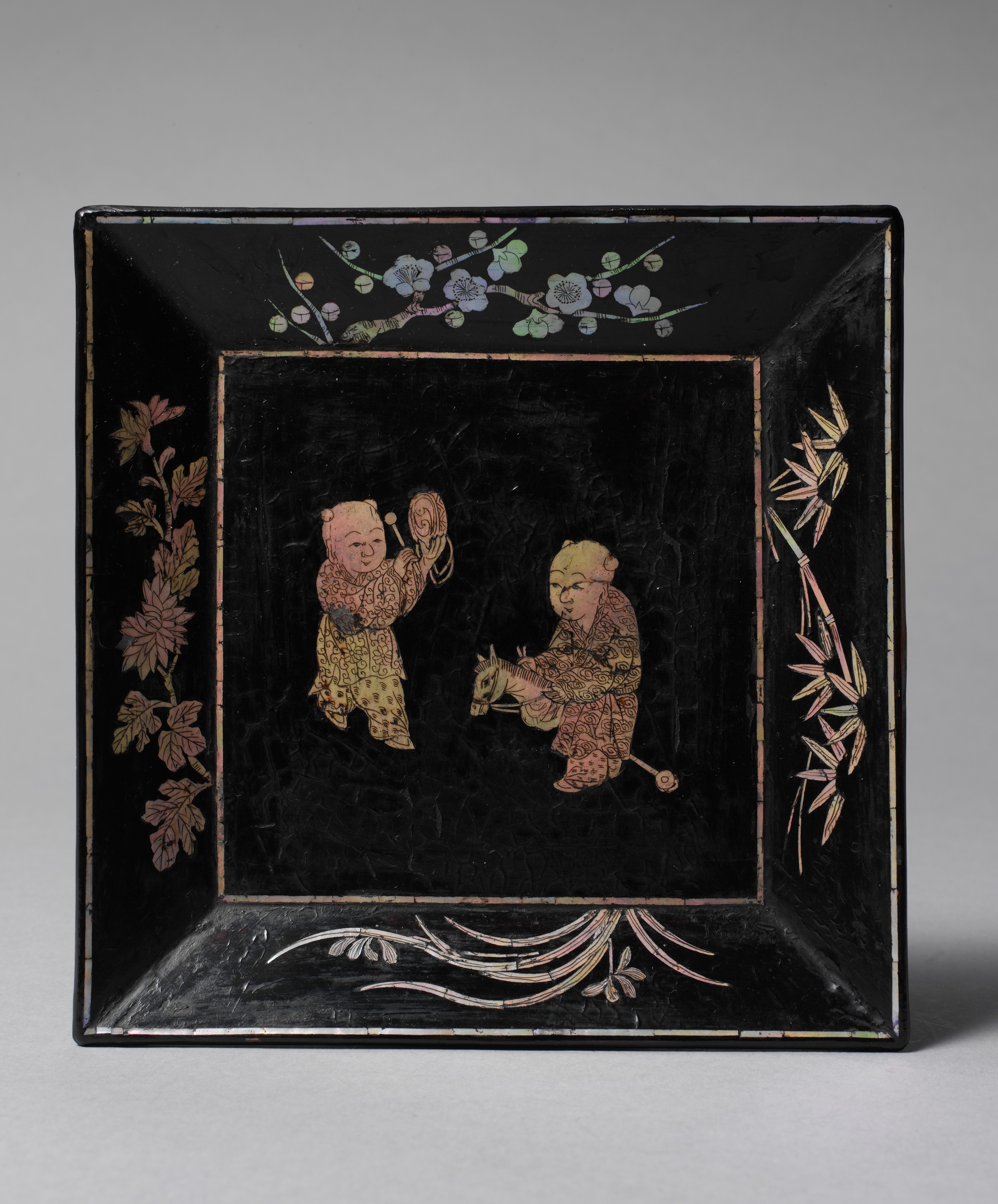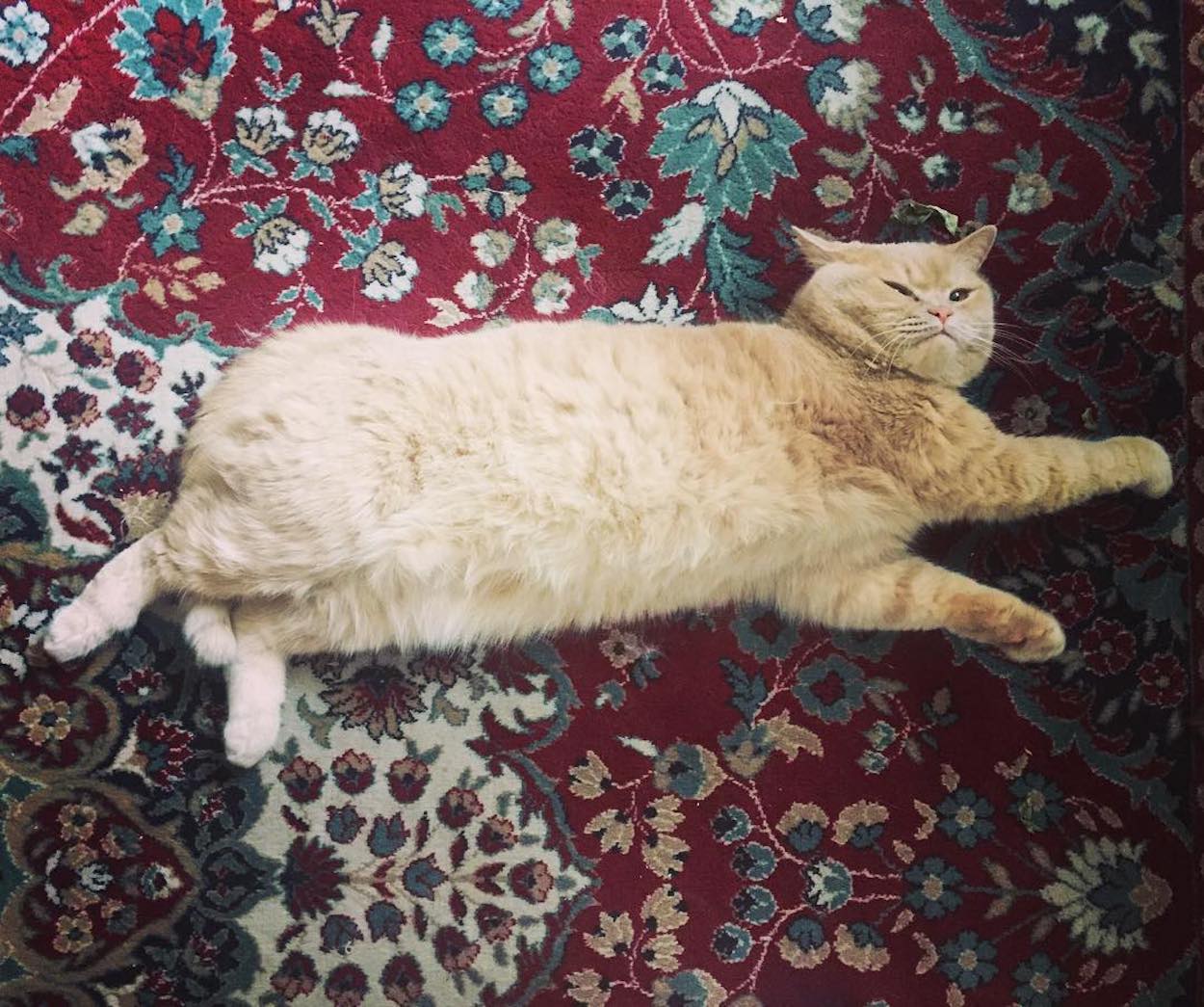Scenes of boys at play, which originated in the Song period (960–1279), are common in Chinese decorative arts. They express their wish for offspring and the joy of having them. One of the two lively fellows at the center of this small plate is riding a hobbyhorse, a toy that may have originated in China; the other plays the drum. Sprigs of bamboo, plum, orchid, and chrysanthemum decorate the borders.
Regarding the technique of lacquer, it is also super interesting and typical for East Asia. Lacquer is a resin made from the highly toxic sap of the Rhus verniciflua tree, which is native to the area and a close relative of poison ivy. In essence, lacquer is a natural plastic; it is remarkably resistant to water, acid, and, to a certain extent, heat. Raw lacquer is collected annually by extracting the viscous sap through notches cut into the trees. It is gently heated to remove excess moisture and impurities. Purified lacquer can then be applied to the surface of nearly any object or be built up into a pile. Once coated with a thin layer of lacquer, the object is placed in a warm, humid, draft-free cabinet to dry. As high-quality lacquer may require thirty or more coats, its production is time-consuming and extremely costly.
P.S. Do you know how to see and read traditional Chinese painting? Here you'll find out how. :)
P.P.S. Don't forget to check our DailyArt Prints with amazing reproductions of famous paintings here!


 Unknown Artist
Unknown Artist